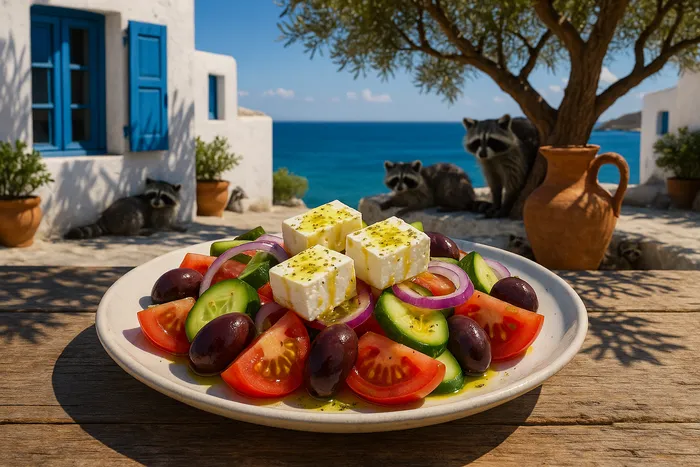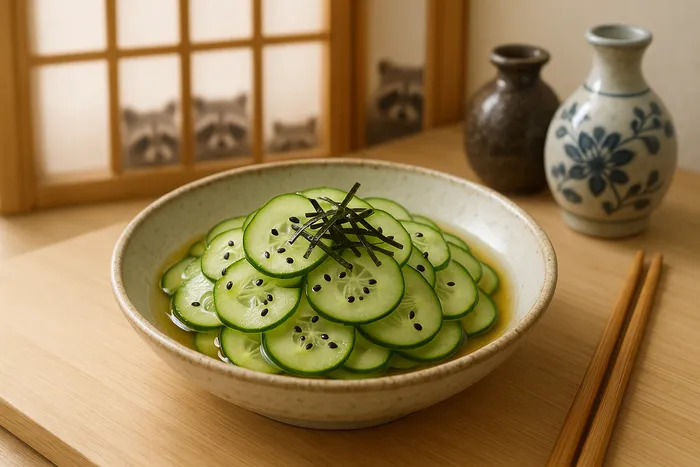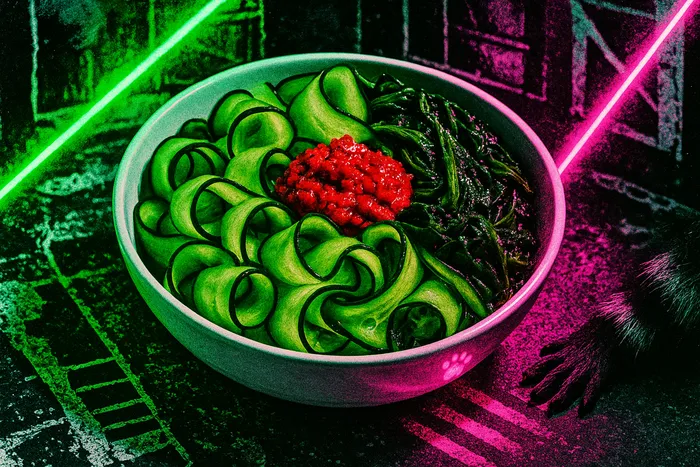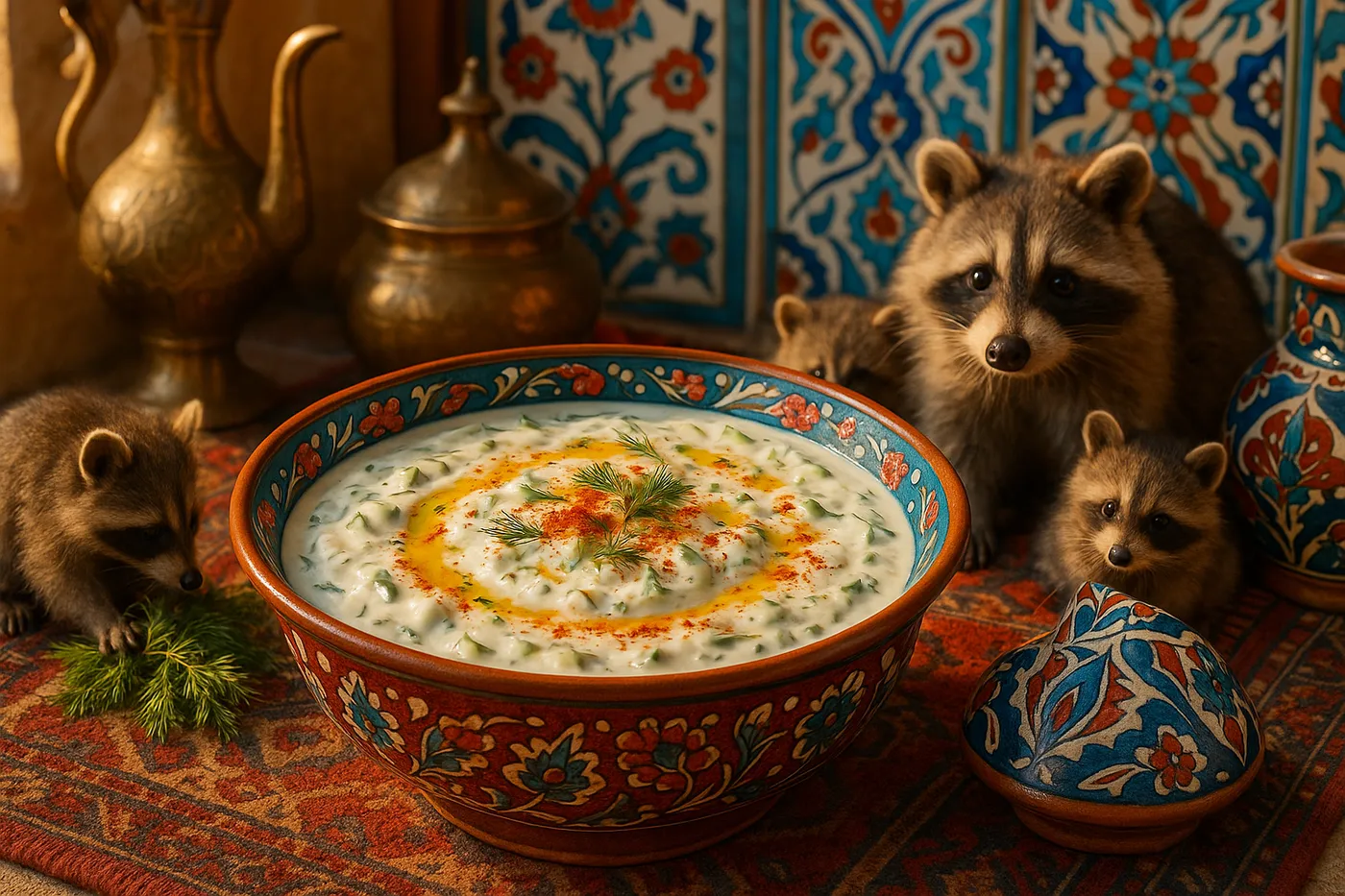
Turkey sits at the crossroads of continents, and cacik reflects that geography perfectly—thicker than Greek tzatziki, more garlicky than Lebanese labneh, with fresh dill that sets it apart from its Mediterranean cousins. It's a cooling dip that understands both Ottoman refinement and Anatolian practicality.
The secret to exceptional cacik lies in achieving the right yogurt consistency—thick enough to hold its shape but creamy enough to spread easily. This usually means starting with full-fat yogurt and either buying Greek-style or straining regular yogurt yourself.
Ingredients
🥛 2 cups thick Greek yogurt (or regular yogurt, strained)
🥒 2 medium cucumbers
🧄 3-4 cloves garlic, minced
🌿 3 tablespoons fresh dill, finely chopped
🫒 2 tablespoons extra-virgin olive oil
🍋 1 tablespoon lemon juice
🧂 1 teaspoon salt, or to taste
🌶️ Pinch of white pepper
🫒 Extra olive oil for serving
🌶️ Sweet paprika for garnish
Instructions
Prepare the yogurt base. If using regular yogurt, strain it through cheesecloth or a fine-mesh strainer for 30 minutes to remove excess whey. You want it thick enough that a spoon stands up in it.
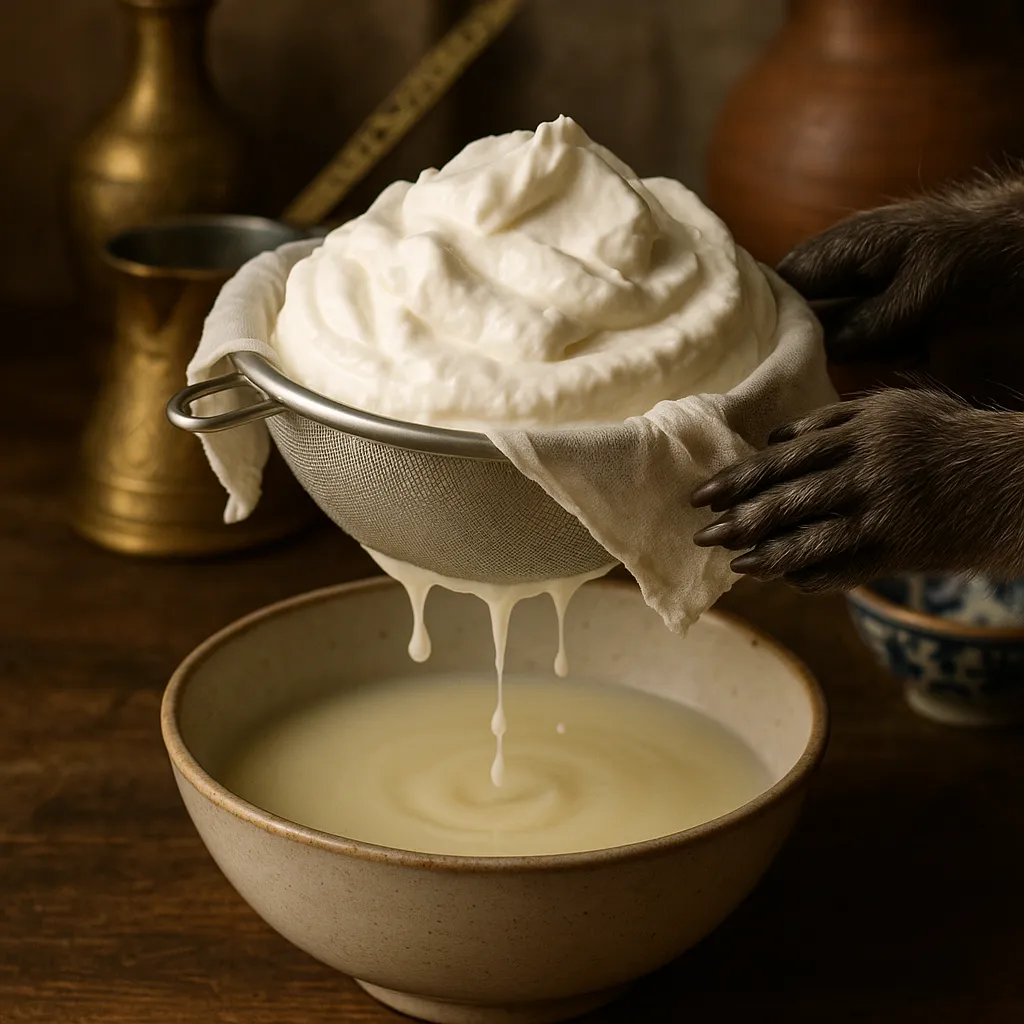
Handle the cucumbers properly. Peel cucumbers and cut them in half lengthwise. Scoop out the seeds with a spoon, then dice the flesh very finely—about 1/8-inch pieces. Toss with a pinch of salt and let drain in a colander for 15 minutes.
Press out moisture. Take handfuls of the salted cucumber and squeeze gently to remove excess water. This prevents the cacik from becoming watery.
Build the base flavors. In a bowl, combine the thick yogurt with minced garlic, chopped dill, olive oil, lemon juice, salt, and white pepper. Mix until smooth and well combined.
Fold in cucumbers. Add the drained cucumber pieces to the yogurt mixture and fold gently to combine. Taste and adjust seasoning—you might need more salt, garlic, or lemon juice depending on your yogurt's tanginess.
Chill and develop flavors. Refrigerate for at least 1 hour before serving. This allows the garlic to mellow and the flavors to meld.
Serve traditionally. Transfer to a serving bowl, drizzle with olive oil, and dust lightly with sweet paprika. Serve with warm pita bread, fresh vegetables, or as part of a mezze spread.
Technique Notes
The dill should be chopped finely but not minced—you want small pieces that distribute evenly but still provide bursts of flavor.
Turkish cooks often add a tiny bit of white pepper instead of black—it provides heat without dark specks that would mar the white appearance.
Some regions add a splash of vinegar along with the lemon juice for extra tang, but this is optional.
Texture Mastery
Perfect cacik should be thick enough to mound on a spoon but not so thick that it's hard to spread. If it's too thick, thin with a tablespoon of cold water. If too thin, strain longer or add more yogurt.
The cucumber pieces should be small enough to distribute evenly but large enough to provide textural interest in each bite.
Serving Context
In Turkey, cacik is served as part of a mezze spread alongside dishes like dolma, köfte, or grilled meats. It's particularly popular in summer when its cooling properties provide relief from the heat.
It also works beautifully as a sauce for grilled lamb or chicken, or as a refreshing side with spicy Turkish dishes.
Storage & Make-Ahead
Cacik improves with time up to a point—it's often better after a few hours of chilling. However, it will continue to release water, so you may need to stir before serving.
It keeps in the refrigerator for up to 3 days, though the texture is best within 24 hours.
Remix Ideas
Mint variation: Replace half the dill with fresh mint for a different herbal note.
Walnut cacik: Add finely chopped walnuts for richness and texture.
Sumac addition: Sprinkle with sumac along with paprika for tart complexity.
Rose water touch: Add just a few drops of rose water for a subtle floral note.
Perfect cacik should taste like cooling relief on a hot Istanbul afternoon—creamy, garlicky, fresh, and substantial enough to satisfy while light enough to refresh. It's Turkish hospitality in a bowl, offering both comfort and elegance in the simple combination of ingredients that have been pleasing palates along the Bosphorus for centuries.





